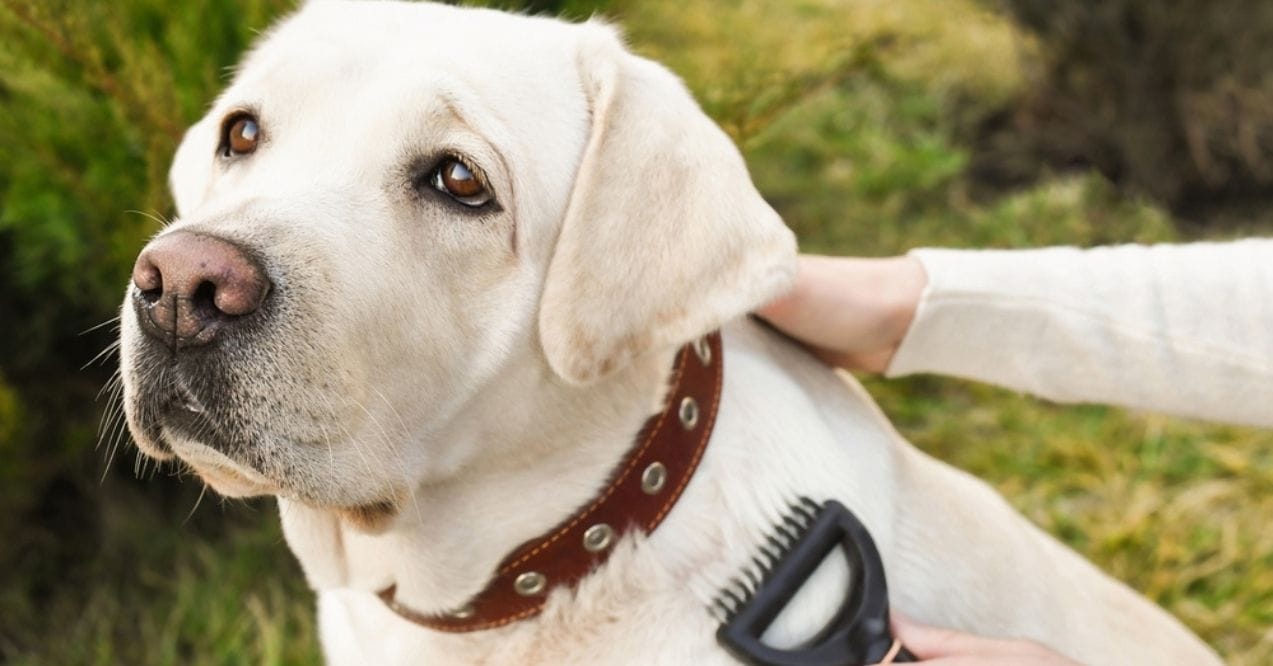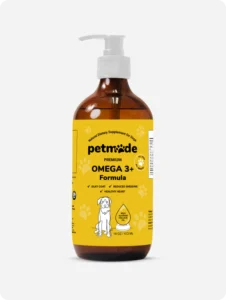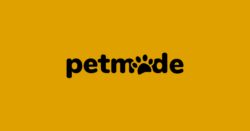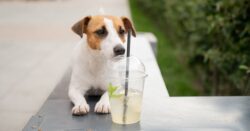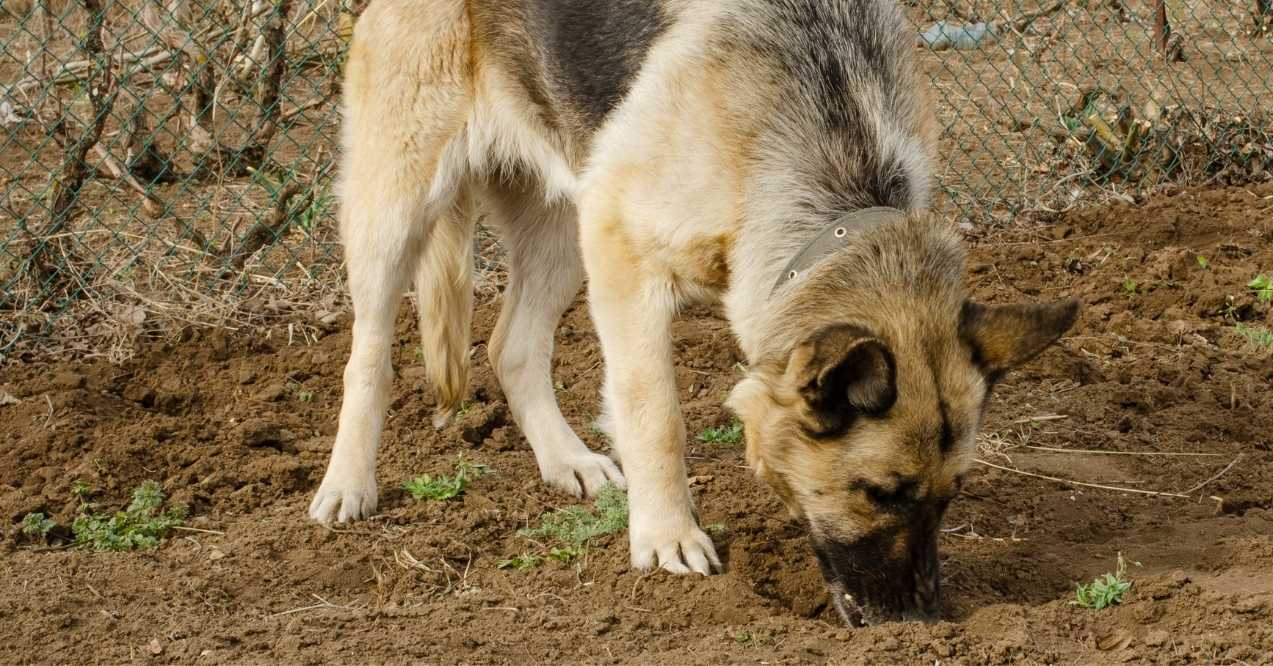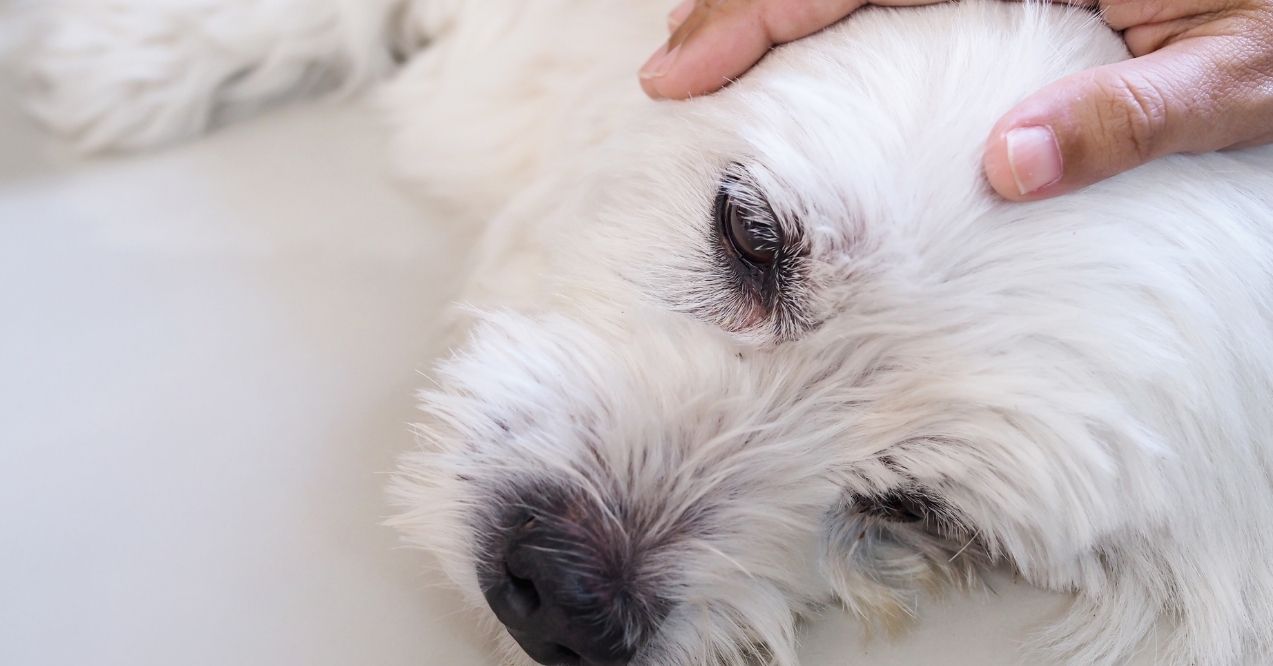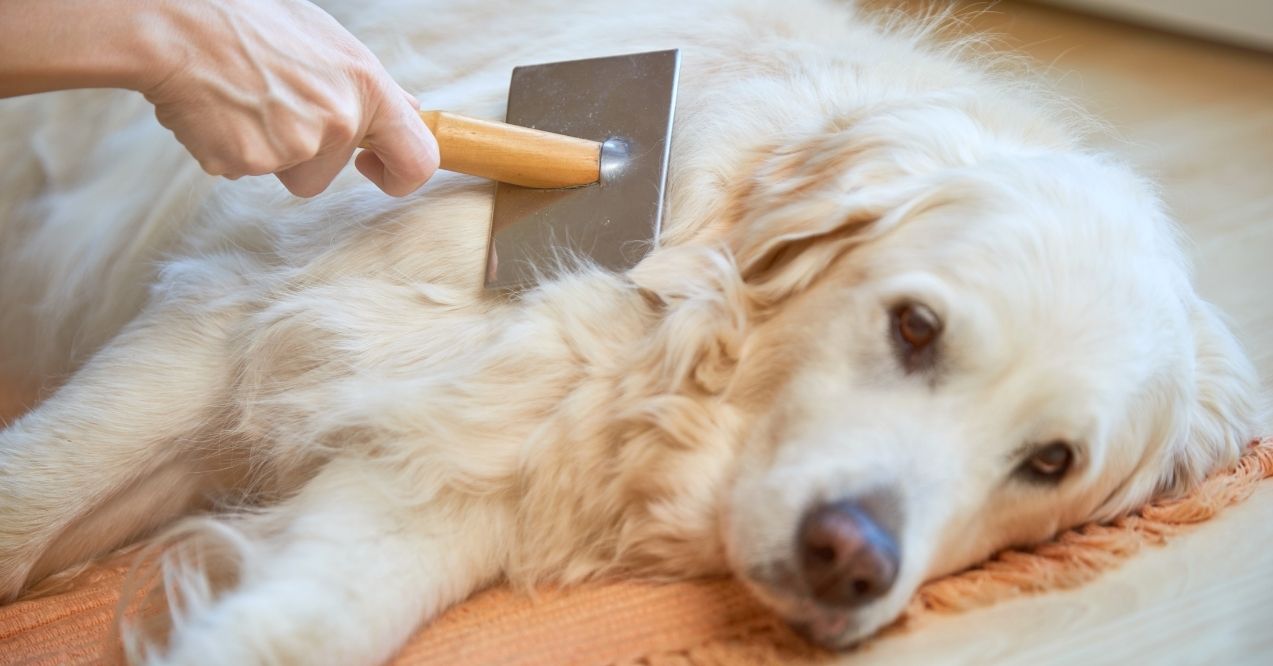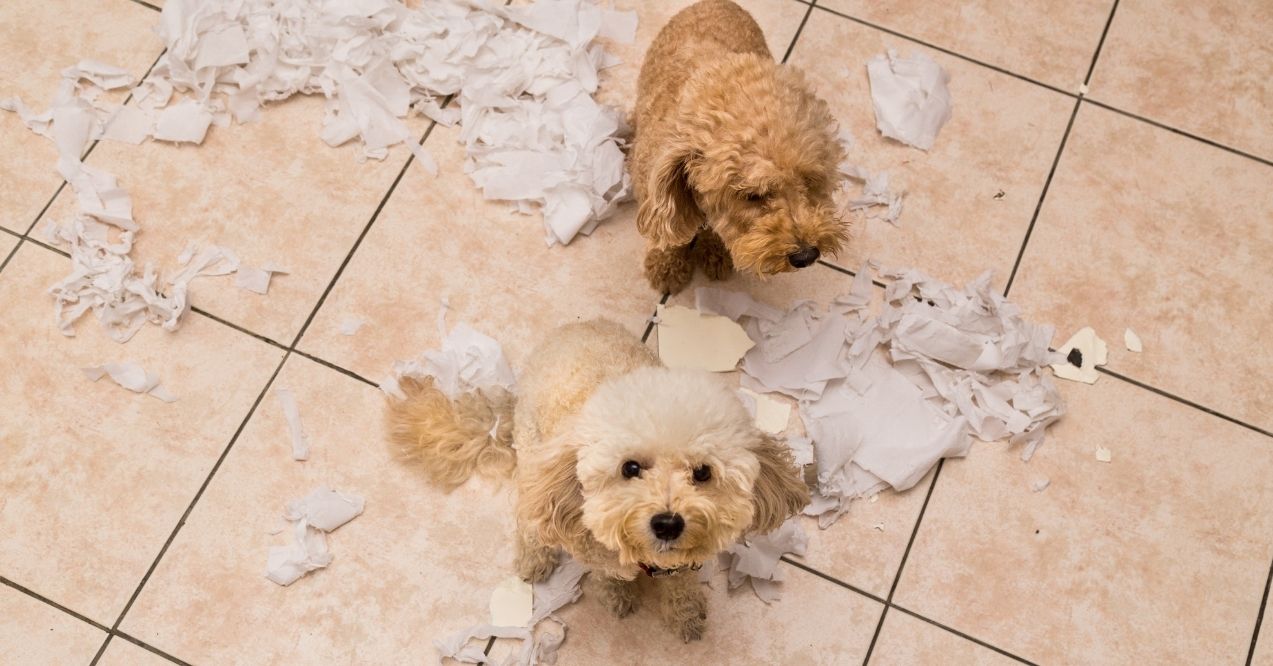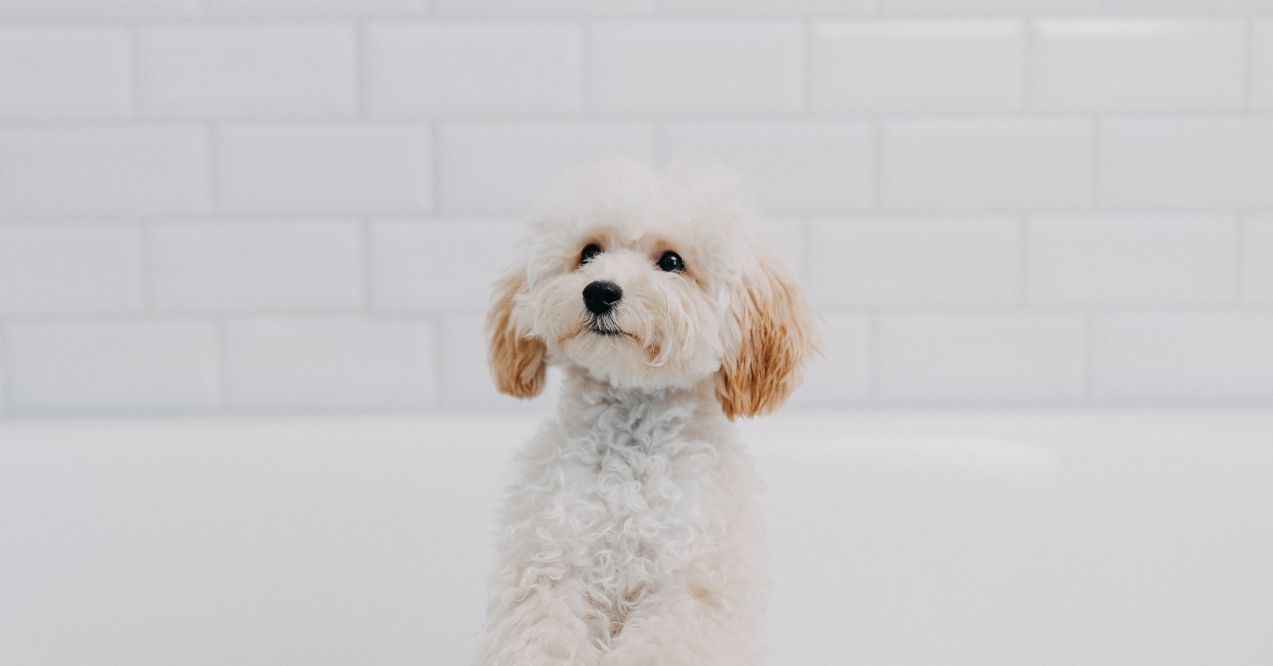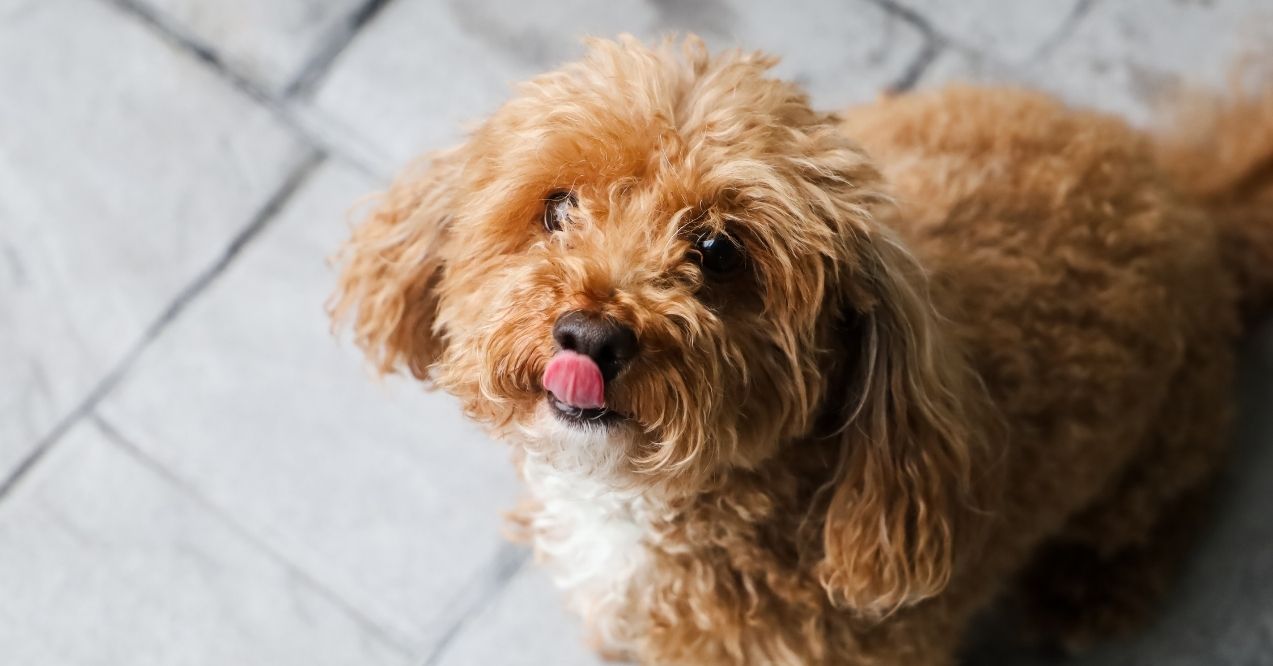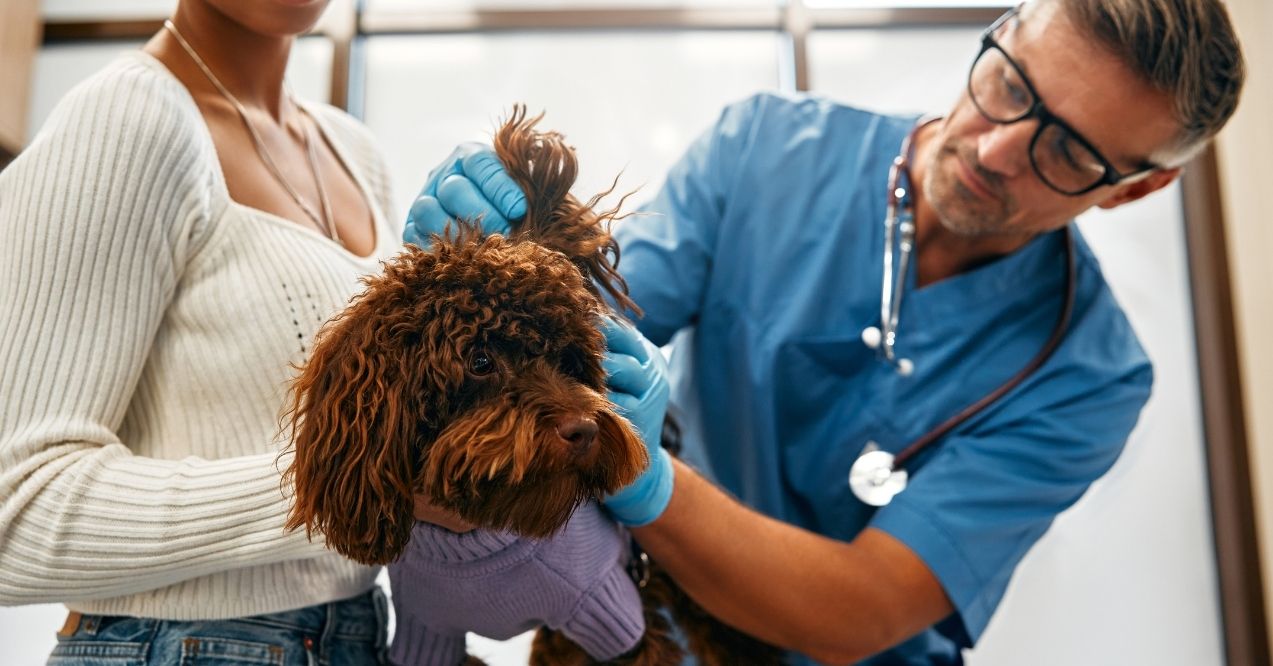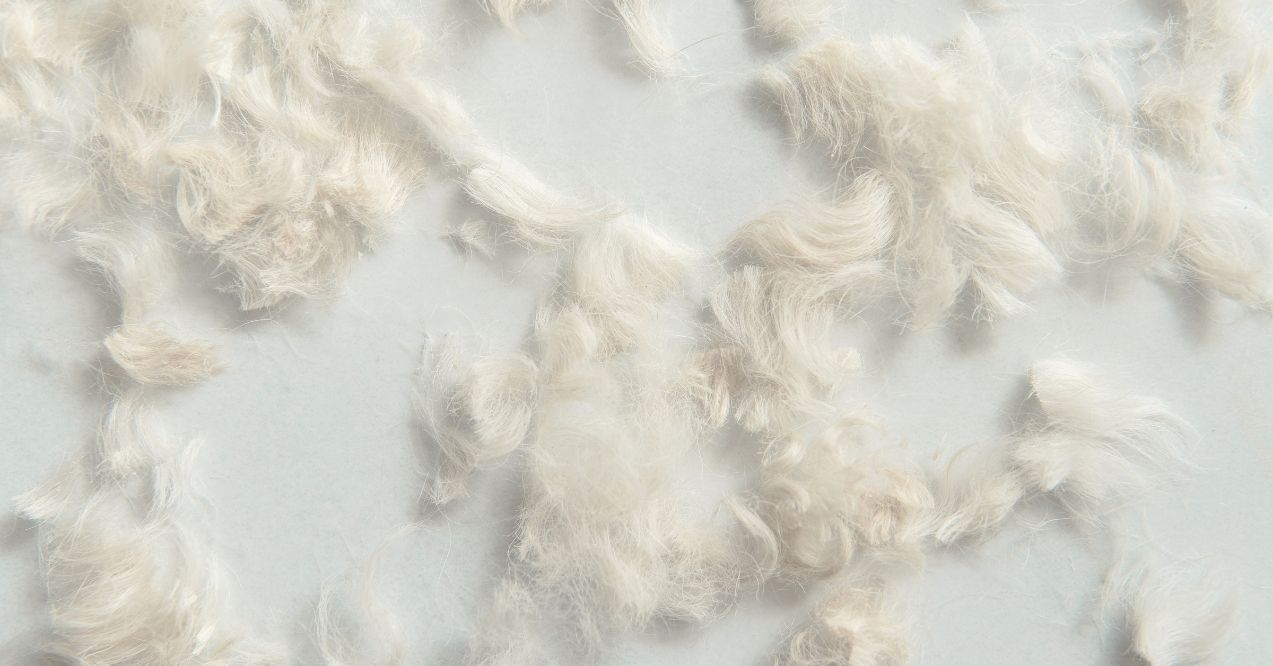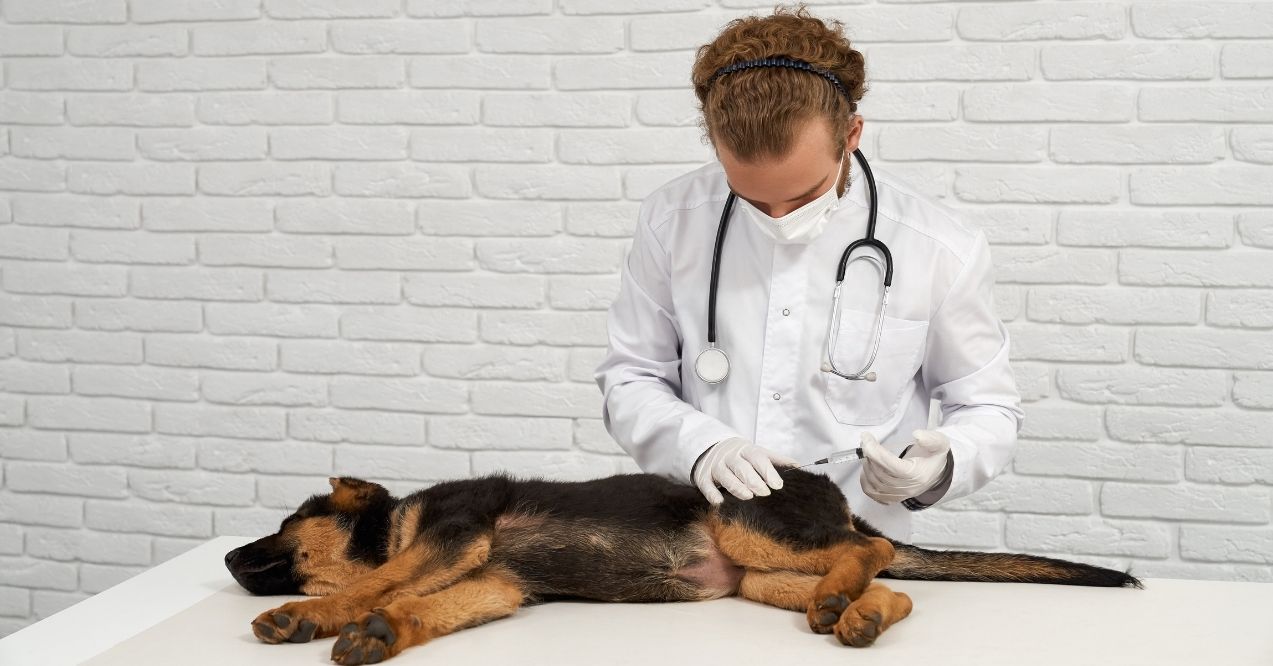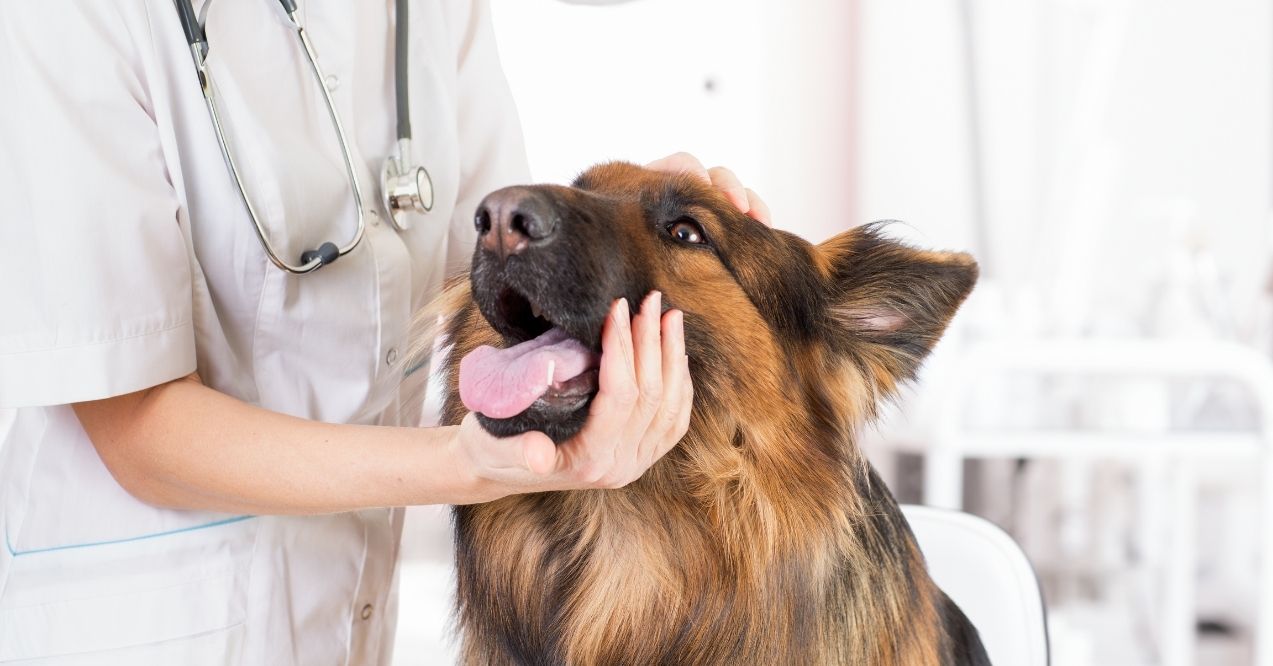Do Labradors Shed? Simple Ways to Help
Do Labrador Retrievers shed? As one of the most popular family dogs worldwide, these playful, intelligent companions bring boundless energy and affection to homes. Their thick, beautiful coats require attention, and many potential Lab parents want to know what to expect. Let’s dive into practical ways to handle their shedding while keeping your Lab’s coat healthy and your home clean.
Do Labrador Retrievers Shed a Lot?
Yes, do Labrador Retrievers shed a lot – it’s a natural and necessary process for these beautiful dogs. Lab Retriever shedding happens year-round, with their double coat continuously renewing itself. Their fur falls out in small amounts daily and increases significantly during seasonal changes.
Why Do Labradors Shed So Much?
Their double coat consists of a water-resistant outer layer and a dense, insulating undercoat. So, why is my Lab shedding so much? This combination protected their ancestors during cold water retrievals and continues to serve modern Labs well. The outer coat guards against moisture and dirt, while the undercoat maintains body temperature in both hot and cold conditions.
Shedding vs. Health Issues
While Labrador shedding is natural, certain patterns might indicate problems. Watch for circular bald patches, excessive scratching, or changes in coat texture. Flaky skin, dull fur, or sudden intense shedding outside seasonal changes could signal dietary issues or skin conditions. A proper inspection of your Lab’s coat weekly helps catch potential problems early.
When Do Labs Shed the Most?
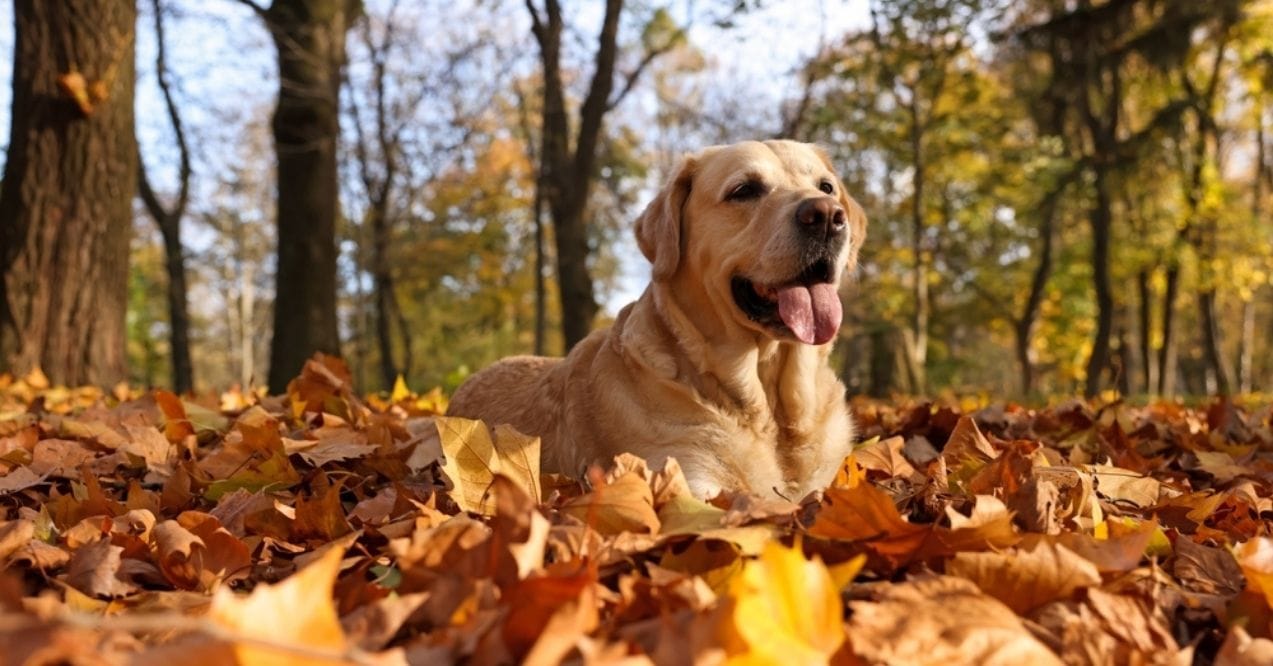
How much do Labrador Retrievers shed exactly? These furry friends experience two major shedding seasons annually, with specific patterns in each.
Spring Shedding
Spring shedding typically starts as temperatures rise in March or April. Your Lab sheds their thick winter undercoat over 2-3 weeks. During this time, they might leave tufts of fur around your home. This process helps them stay cool during warmer months and prevents overheating.
Fall Shedding
Fall shedding begins around September or October as days grow shorter. Your Lab’s body prepares for winter by replacing their lighter summer coat with a denser one. This autumn molt often produces less visible fur than spring shedding but still requires regular grooming attention.
Simple Ways to Help Manage Labrador Shedding
How to stop a Labrador from shedding isn’t about elimination – it’s about effective management. These practical approaches make a significant difference.
1. Regular Brushing Techniques
Set up a daily 10-minute brushing routine. Start with an undercoat rake, working in the direction of fur growth. Focus on one section at a time, paying extra attention to dense areas behind the ears and around the tail. Follow with a slicker brush to catch loose top coat hairs. During heavy shedding seasons, brush outside to prevent fur from spreading indoors.
2. Bathing and Coat Care
Bathe your Lab every 6-8 weeks using lukewarm water and gentle shampoo. Always brush thoroughly before bathing to remove loose fur. Dry completely with towels and a cool-air dryer, as damp spots can cause skin irritation. Avoid hot water or excessive bathing, which strips natural oils and increases shedding.
3. A Healthy Diet for Healthy Skin and Coat
Feed your Lab high-quality food rich in protein and essential fatty acids. Look for foods containing fish oils, flaxseed, or chicken fat near the top of the ingredient list. Split daily meals into two portions to maintain steady nutrition levels. Fresh, clean water available at all times helps maintain skin hydration and healthy fur.
4. Keeping Your Home Clean
Invest in a vacuum designed for pet hair with a HEPA filter. Vacuum high-traffic areas daily during shedding seasons. Keep washable covers on furniture and wash them weekly. Place mats near doors to catch loose fur as your Lab moves through the house. Use damp rubber gloves to collect fur from surfaces between vacuuming.
How to Reduce Labrador Shedding with Lifestyle Changes

Hydration and Balanced Diet for Healthy Skin
Place water bowls in multiple locations to encourage drinking throughout the day. Add moisture-rich foods to their diet, like plain pumpkin or whole sardines. Watch for signs of dehydration like dry nose or less elastic skin.
Reduce Stress and Create a Calm Environment
Maintain consistent daily routines for feeding and exercise. Create quiet spaces where your Lab can rest undisturbed. Regular exercise helps reduce stress-related shedding. Avoid sudden changes in their environment or schedule when possible.
Troubleshooting Excessive Shedding
Using the wrong brush type can leave undercoat untouched. Switch between tools to address both coat layers. Inconsistent grooming leads to fur buildup – stick to a regular schedule. Poor quality shampoos can irritate skin – opt for natural, gentle formulas.
Best Tools to Control Labrador Shedding
Essential tools include:
- Undercoat rake with rounded teeth for deep grooming
- Slicker brush with fine wire bristles for daily maintenance
- Grooming mitt for quick touch-ups and bonding sessions
- High-quality pet vacuum with specialized attachments
- Microfiber towels for drying after baths
When to See a Professional for Excessive Shedding
Contact a professional if you notice:
- Red, irritated, or flaky skin that persists
- Patches of missing fur or uneven shedding
- Excessive scratching or biting at the coat
- Changes in fur texture or color
- Seasonal shedding that lasts longer than a month
Conclusion
So, do Labrador Retrievers shed? While Labrador shedding is a natural part of life with these wonderful dogs, the right combination of grooming, nutrition, and care makes it manageable. Focus on consistency in your maintenance routine and pay attention to your Lab’s overall well-being. With these strategies in place, you’ll spend less time cleaning up fur and more time enjoying life with your furry friend.
Both breeds shed similarly due to their double coats. Golden Retrievers might appear to shed more because their longer fur is more visible. Neither breed sheds more – they just shed differently.
Black Labs shed just like any other Labrador. Coat color doesn’t affect shedding amount or pattern. Their double coat sheds year-round with heavier shedding in spring and fall.
Chocolate Labs shed the same amount as black and yellow Labs. The only difference is fur color – all Labs have identical coat types and shedding patterns due to their double-coat genetics.
Advertisement. This site offers health, wellness, fitness and nutritional information and is designed for educational purposes only. You should not rely on this information as a substitute for, nor does it replace, professional medical advice, diagnosis, or treatment. If you have any concerns or questions about your health, you should always consult with a physician or other health-care professional. Do not disregard, avoid or delay obtaining medical or health related advice from your health-care professional because of something you may have read on this site. The use of any information provided on this site is solely at your own risk.
